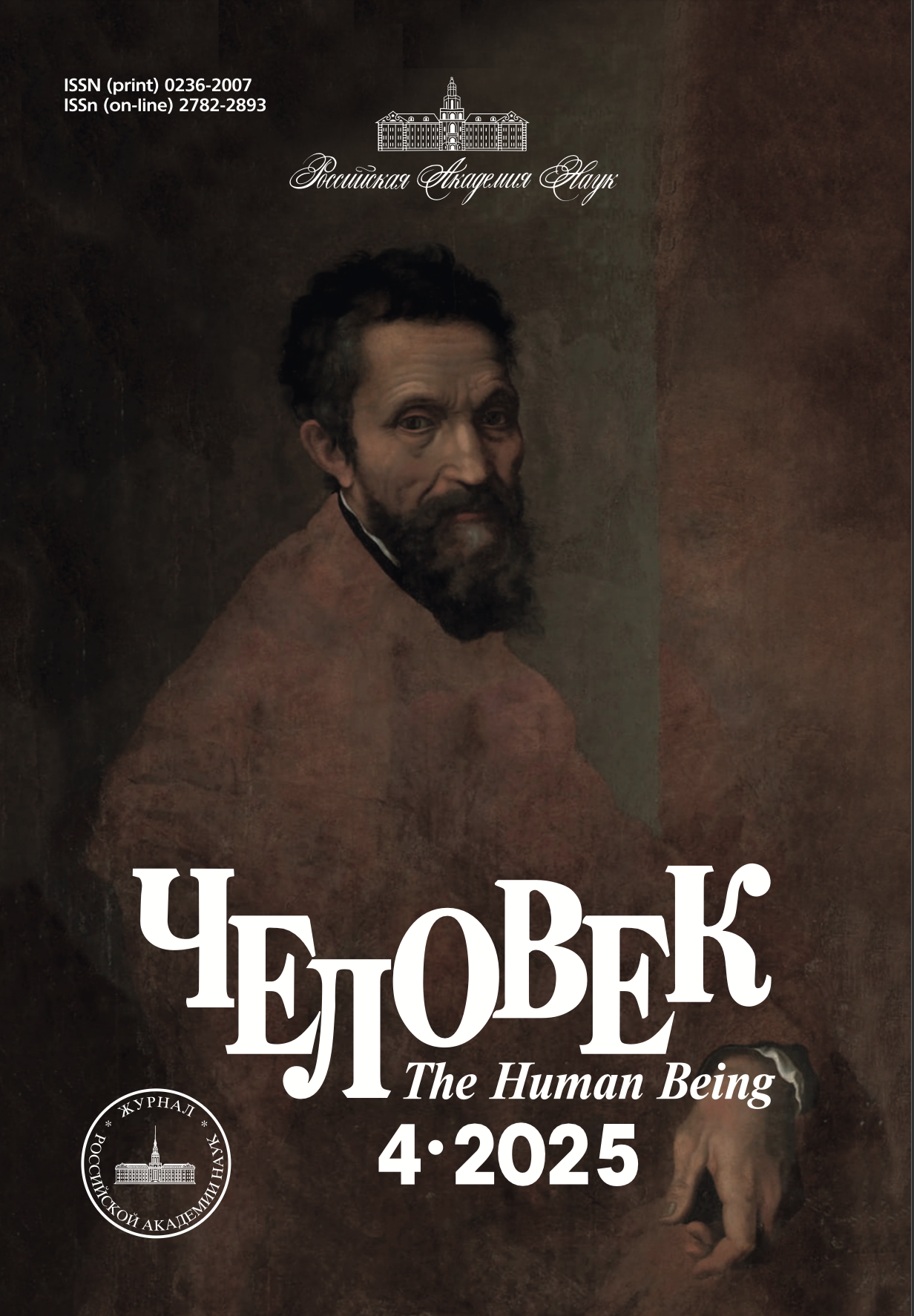The Space of the Soviet Person: The City in the Context of Identity Formation
DOI:
https://doi.org/10.31857/S0236200725040091Keywords:
social utopia, architecture, Soviet person, identity, emancipation of women, socialist city, disciplinary space, biopolitics, architectural and urban planning policy, urban space, urban planningAbstract
The article addresses the study of human formation by means of the urban environment in the context of the implementation of ideological and utopian projects. In the context of radical social transformations, one of the key tasks is to find architectural solutions that contribute to the formation of a new social consciousness. Based on the analysis of Soviet archival documents (resolutions and decisions of congresses, conferences and plenums of the Central Committee) in the field of urban planning policy, the features of the socio-political context were identified, which made it possible to interpret the urban environment as an important tool for the implementation and integration of socialist values into everyday human life. Special attention was paid to the study of architectural and urban planning practices of the post-revolutionary years, which explicitly reflected ideological attitudes. The article deals with examples typical of the first half of the twentieth century. architectural forms and practices of life creation: communal houses, consumer service enterprises, cultural and leisure centers, etc. Using this material, the author identifies the features of architectural and social thinking in the projects of Soviet architects, which reveal the features of biopolitical mechanisms and the formation of a disciplinary space. The identification of the basic principles that formed the basis of the design of the Soviet city demonstrates architectural models as an opportunity to design an ideal space that acts as a mechanism for the political and cultural construction of a personality. This allows us to trace the connection between ideological attitudes and everyday human practices mediated by the urban environment. The analysis of Soviet urban planning projects and practices aimed at changing people allows us to better understand the urban environment as a management technology and a space for the formation of human consciousness.






